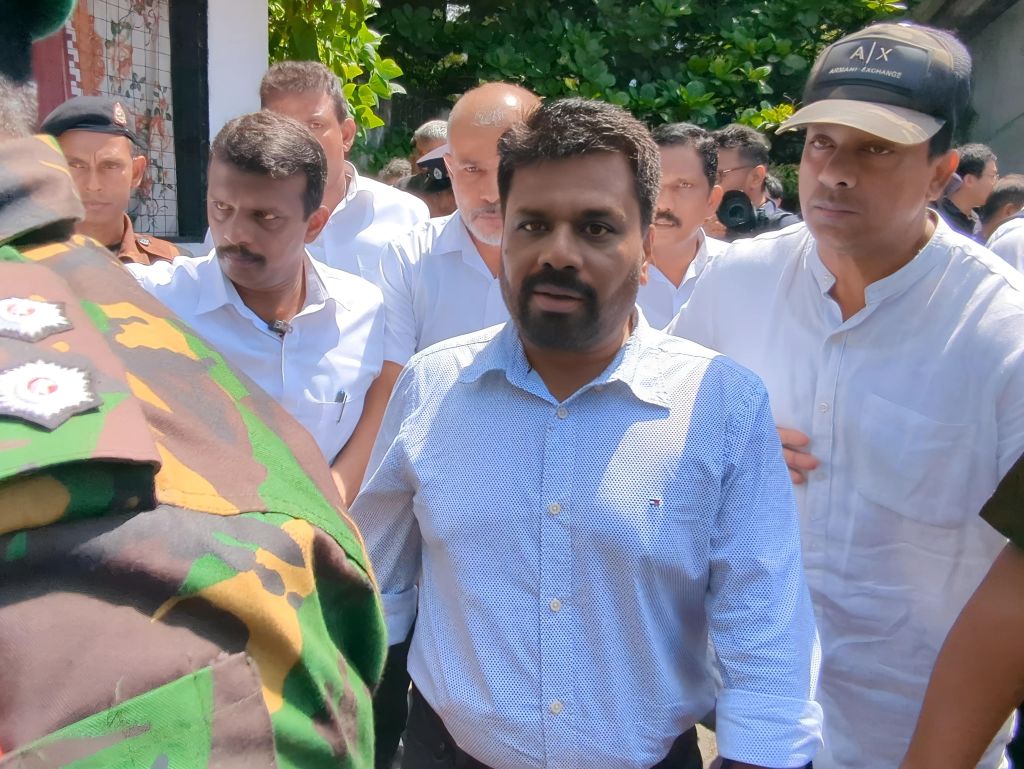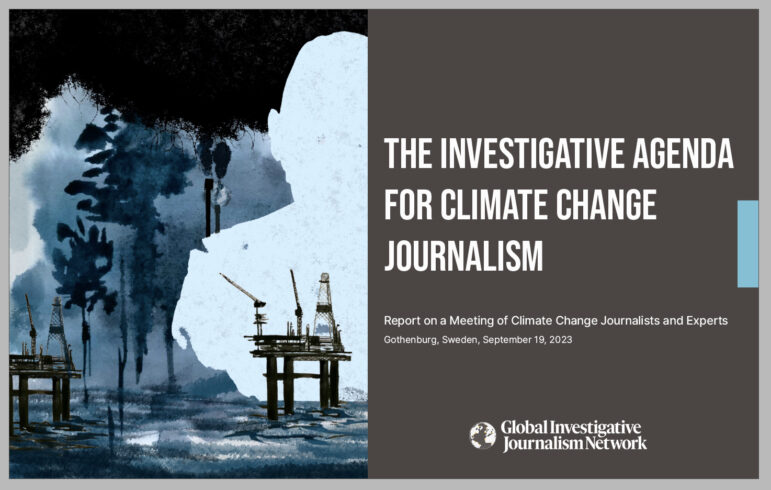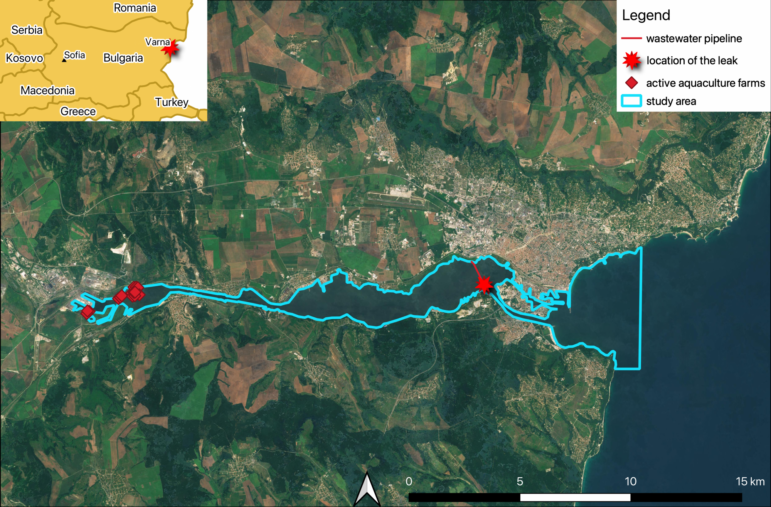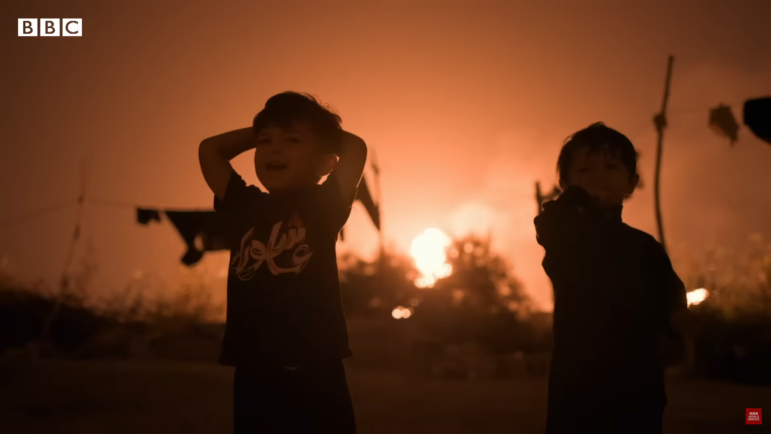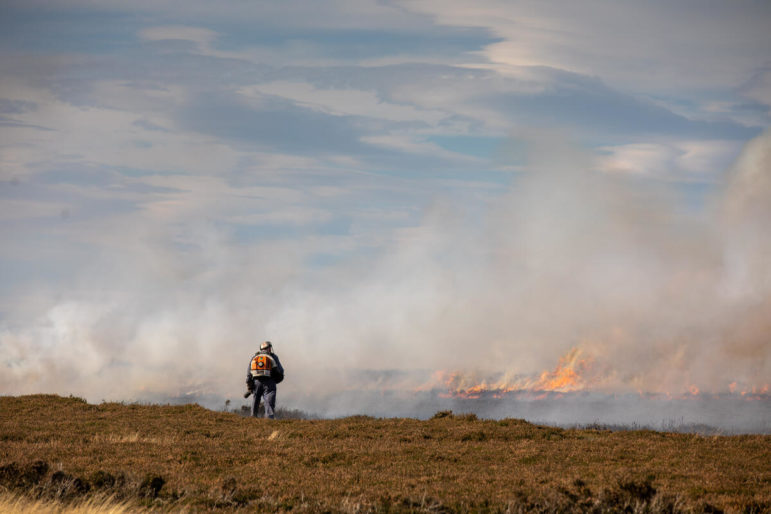For the West, NATO [North Atlantic Treaty Organization] is often celebrated as “the greatest alliance in the history of mankind.” Yet, from China’s vantage point, it’s perceived as a “war machine sowing chaos.”

Future of South Korea’s K2 tanks for Poland remains unclear
On July 26, China accused NATO of persistently trying to “extend its malicious hooks” into the Asia-Pacific region. Notably, Beijing avoids the commonly accepted term “Indo-Pacific” — a concept embraced by most of the world, excluding Russia. Zhang Xiaogang, spokesperson for China’s Ministry of National Defense, accused NATO of stirring conflicts in Afghanistan, Iraq, Libya, and Ukraine.
China’s sharp criticism of NATO’s rhetoric, which it describes as filled with “lies, prejudices, incitements, and slander,” is understandable. This comes on the heels of NATO’s recent communiqué at the July 10 summit in Washington. The document identifies Beijing as a “significant factor in Russia’s war against Ukraine” and alleges that China presents “systemic challenges to Euro-Atlantic security.”

Will NATO’s stance on China shift if Beijing, say, ceases its support for Russia in the Ukraine conflict? It doesn’t look likely. NATO’s latest communiqué points out that the challenges posed by China are not solely linked to the situation in Ukraine. There are a host of other concerns outlined in the document.
The communiqué highlights several issues with China’s behavior: “The PRC continues to pose systemic challenges to Euro-Atlantic security. We’ve seen ongoing harmful cyber and hybrid activities, including disinformation campaigns, originating from the PRC. We call on the PRC to honor its commitment to responsible cyberspace behavior. We’re worried about the PRC’s development of space capabilities and activities. We urge the PRC to support global efforts to promote responsible behavior in space. The PRC continues to rapidly expand and diversify its nuclear arsenal with more warheads and advanced delivery systems. We call on the PRC to engage in strategic discussions on risk reduction and promote stability through transparency. We’re open to constructive engagement with the PRC, including building mutual transparency to protect the security interests of the Alliance.”
While NATO places a significant focus on China’s maneuvers, the alliance acknowledges its ongoing commitment to dialogue. Yet, it is also bracing for increased vigilance and fortitude against China’s coercive tactics and divisive strategies within the alliance.

Recently, NATO has bolstered its discussions and collaborations with partners in the Indo-Pacific, known as the “IP-4” — Australia, Japan, South Korea, and New Zealand. NATO contends that the Indo-Pacific area is vital to the alliance since activities there can influence Euro-Atlantic security directly. Moreover, NATO and its partners in the region share mutual values and a collective commitment to preserving a rules-based international order.
Before China and Russia declared their “no-limits partnership” in February 2022 and Russia’s subsequent invasion of Ukraine, there was a deliberate effort to connect the Euro-Atlantic region [NATO’s primary focus] with the Indo-Pacific. Leading this endeavor, the United States, with its unique position as a power in both regions, pioneered the way.
Western strategic elites have long believed that significant conflict initiated by China in the Indo-Pacific would spell disaster for the global economy and European national interests. The European Union’s Indo-Pacific Cooperation Strategy from 2021 underscores how security dynamics in the South China Sea and Taiwan Strait could have direct repercussions on European security and prosperity.

There’s a school of thought suggesting that European involvement in the Indo-Pacific could help NATO distribute the burden of global security management. By aiding the United States in tackling its most significant challenge—China—European NATO partners can underscore their importance as critical allies, thereby strengthening U.S. resolve to continue prioritizing European security interests.
This perspective gains traction, especially as some advocates in the U.S. call for pivoting away from Europe to focus more on China and the Indo-Pacific. By helping the U.S. meet the challenge posed by China, European NATO allies can showcase their enduring value within the Alliance and solidify U.S. commitment to remain attentive to European priorities.
NATO’s role in the Indo-Pacific region has grown significantly, especially following the adoption of the 2022 NATO Strategic Concept at the Madrid summit. This pivotal document underscores “cooperative security” as one of NATO’s three main tasks alongside “deterrence and defense” and “crisis prevention and management.” For the first time, the Strategic Concept pinpoints the importance of the Indo-Pacific, noting that “developments in this region can directly affect Euro-Atlantic security.”

In recent years, NATO has ramped up its collaboration with IP-4 partners, and this cooperation was highlighted by the participation of IP-4 leaders in the 2022 NATO summit in Madrid. During this event, NATO and IP-4 laid out an “Agenda to Address Shared Security Challenges,” focusing on deepening cooperation in areas such as cyber defense, technology, countering hybrid threats, maritime security, and the security impacts of climate change.
Fast forward to July 2023, IP-4 leaders once again attended a NATO summit, this time in Vilnius. More recently, at the third summit in Washington, practical cooperation between NATO allies and IP-4 partners was further cemented through new flagship projects. These include military healthcare support for Ukraine, cyber defense initiatives, counter-disinformation efforts, and the use of cutting-edge technologies like artificial intelligence.
Beyond these summits, there’s been a spate of high-level meetings between NATO and its Indo-Pacific allies in recent years. Their foreign ministers have joined several NATO meetings since 2020, coupled with regular North Atlantic Council sessions and military-format meetings such as the NATO Military Committee sessions with defense chiefs. The latest foreign ministers’ meeting happened in April this year.

Moreover, NATO has frequently engaged bilaterally with key Indo-Pacific nations. For instance, on June 26, 2024, NATO hosted military staff talks with Japan at its Brussels headquarters, focusing on ongoing partnerships, security issues, resilience-building, and future cooperation opportunities. A similar meeting with South Korea took place on May 14, 2024.
Japan and Australia have deeply integrated within NATO’s operational framework. Under the AUKUS agreement, the UK announced that Australian submariners would train aboard Astute-class submarines. Earlier this year, Australia chose the UK’s BAE Systems to construct its fleet of nuclear submarines. This is part of an extraordinary pact where Australia will purchase up to five U.S. nuclear submarines by the early 2030s.
New Zealand benefits greatly from its partnership with NATO. This relationship enhances interoperability, bolsters the capabilities of its armed forces, and plays a key role in global security while adhering to a rules-based order.

Leading European NATO members, such as France, Germany, and the UK, maintain robust bilateral security ties and arms trade with major Indo-Pacific powers like India, Singapore, and the Philippines. These nations, foundational pillars of NATO, understand the Indo-Pacific’s growing significance to their security.
While NATO’s approach to China grows more assertive, member nations remain divided. Under President Emmanuel Macron, France has resisted escalating tensions with China. Macron notably vetoed a proposal to open a NATO liaison office in Tokyo. Germany faces a domestic debate over balancing its Indo-Pacific security commitments with its vital economic ties to China, its largest trading partner for the past eight years, with annual trade reaching €250 billion [$274 billion].
Smaller NATO nations like Hungary have strengthened their ties with China, collaborating in areas like law enforcement and security, and boosting trade and investment relationships.

These growing alliances question NATO’s capacity to project significant power beyond Europe to counteract China’s expanding influence. While the U.S., as NATO’s clear leader, advocates for a more proactive NATO stance in the Indo-Pacific, many European members may hesitate to go beyond symbolic military exercises designed to uphold freedom of navigation and airspace security in the region. Nonetheless, this stance could shift dramatically if China were to launch an attack on Taiwan.
Follow us everywhere and at any time. BulgarianMilitary.com has responsive design and you can open the page from any computer, mobile devices or web browsers. For more up-to-date news, follow our Google News, YouTube, Reddit, LinkedIn, Twitter and Facebook pages. Our standards: Manifesto & ethical principles.
